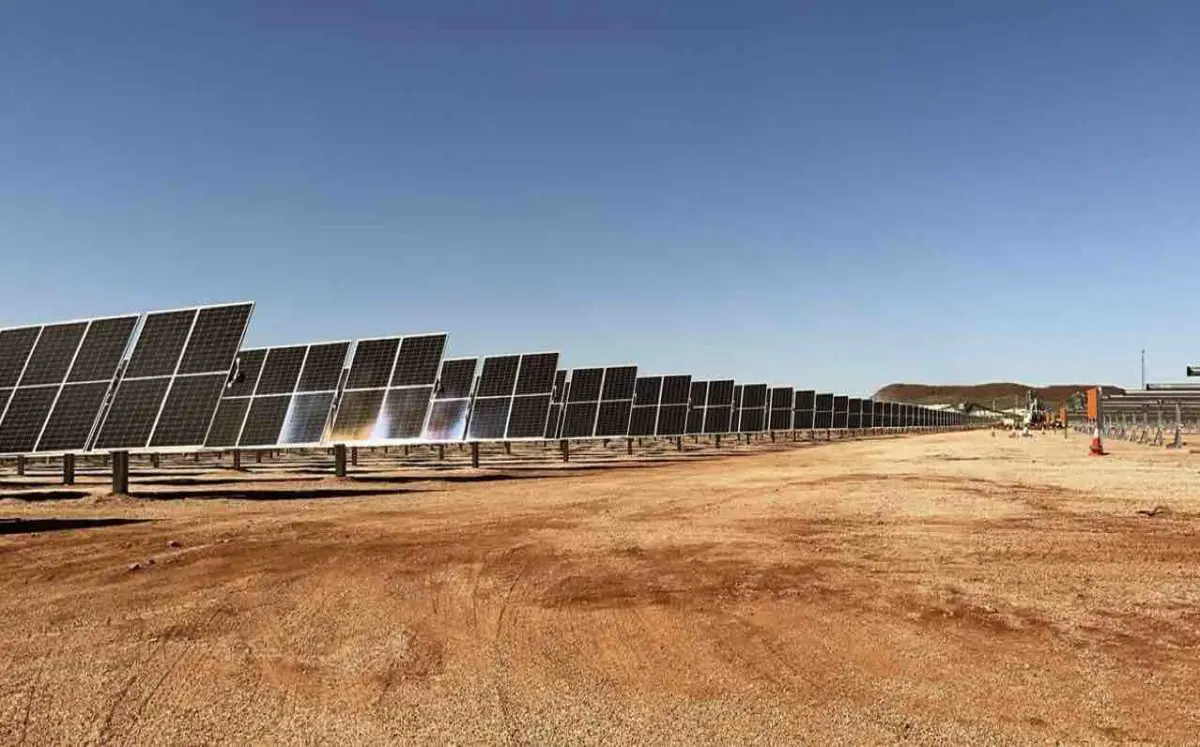With its huge endowment of minerals resources largely intact, Australia stands front and centre to lead the global mining industry towards decarbonisation while focusing on minerals needed to meet worldwide net zero emissions targets.
These minerals include nickel, copper, lithium and others in abundant reserve in Australia and integral to the manufacture of everything from electric vehicles and batteries to solar panels and wind turbines.
Moreover, as a large emitter of greenhouse gas emissions, the mining sector offers as-yet untapped potential to help Australia reach its net zero commitments, given it accounts for 9.5 per cent of national Scope 1 and 2 emissions. Downstream emissions can be even higher depending on the commodity.
But the high energy intensity of mining, heavy reliance on emissions-intensive fuels like diesel and gas and lack of access to grid electricity make mining a challenging sector to decarbonise and threaten to derail Australia’s chance to be at the forefront of the shift to clean energy.
These are among the key findings of a report produced by the federal government’s Clean Energy Finance Corporation and Minerals Research Institute of Western Australia that attempt to show how Australian miners can profit from the clean energy transition while accelerating national decarbonisation efforts.
That is no small task.
Direct emissions from mining in Australia increased 115.6 per cent from1990 to 2019, almost double that of the services, construction and transport sectors – collectively up 64.3 per cent
And the Australian Renewable Energy Agency estimates that Australia’s mining sector accounts for over 10 per cent of the total of Australia’s annual energy use across more than 400 mines.
.
The CEFC/MRIWA report carries a warning that mining operations failing to act now would suffer competitively as the world transitions to net zero emissions, while identifying a strong business case for decarbonisation, listing significant advances in low-emissions technologies that would enable the sector to capture the economic benefits of sustainable mining.
Titled “The compelling case for decarbonisation: Mining in a low emissions economy”, the 44-page report stresses that substantial investment, innovative market development and accelerated emissions ambitions were critical “if Australian miners wanted to lead the market” globally.
“The world now needs a different mix of minerals and metals and Australian mining can ride the wave of opportunity offered by the push to net zero,” CEFC Resources Executive Director Rob Wilson said.
The report outlines how decarbonisation of mineral processing can be set in motion by shifting energy consumption to electrical energy, supported by renewables, load management and energy storage.
Further, green hydrogen can provide an indirect way to use renewable electricity supply, particularly where energy would be spilled due to excess production, it notes.
Mining companies are able to access advice in the report to help chart a pathway to zero emissions, including how to write and implement decarbonisation plans and measure baseline energy and emissions profiles, as well as an assessment of renewables technologies suitable for different mines.
The authors also list low-risk technology investment options that can be made in the short-term, such as the installation of on-site renewables, as well as exploring medium-term options such as the electrification of mining fleets, with green hydrogen-based technologies offering further potential to decarbonise.
“Australia has a comparatively large share of the critical minerals needed to power the low emissions economies of the future,” Wilson said.
By helping meet surging demand for these resources, the mining sector can help Australia and the world achieve net zero emissions by 2050, he added.
The report also includes modelling by ENGIE Impact for a hypothetical mine that illustrates the impact of four net-zero pathway options for a typical mining and processing operation.
Of these, three of the four showed economic pathways to net zero, with the ‘electrification’ pathway achieving a 20 per cent rate of return.
The report leaves little doubt that transitioning the mining industry to a true net-zero system will be a complex undertaking. — one that will require a systems-based approach with an assessment of infrastructure requirements on a mine-by-mine basis.
“The task is large but not impossible,” said MRIWA CEO Nicole Roocke. “There are companies today pushing the boundaries already demonstrating what is possible.”
The report stresses that global markets have created imperatives to decarbonise and that delaying action may lead to greater scrutiny from investors and others.
If International Monetary Fund estimates that over three billion tons of minerals and metals will be needed to deploy wind, solar and geothermal power — as well as energy storage, required for achieving a below 2°C future — are correct, those imperatives will only increase.










